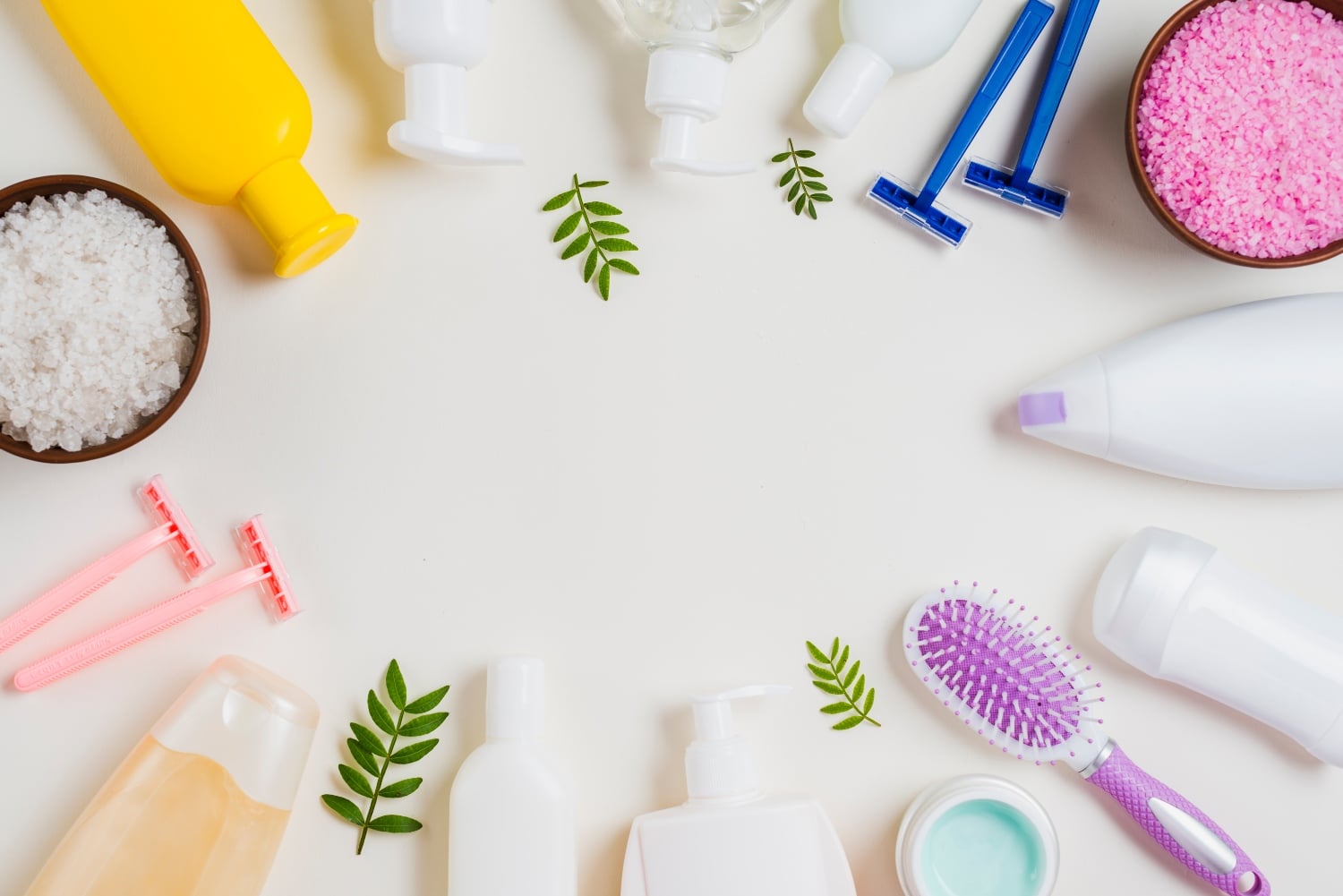
Each new product includes a specification that describes its identity and qualities for both internal and external use. The common misconception is that it will be a single document including all the relevant details, but it is more sophisticated than that. The product specification is a dossier that compiles numerous documents and pieces of information from various internal and external stakeholders. Throughout the new cosmetics product development process and for the duration of its existence, the dossier is developed and maintained by all business divisions.
5 Tips for Successful Cosmetic Development
You must manage packaging requirements as well as raw material specifications because both have an effect on the specifications of the final cosmetics product. Each raw material is made up of several components, papers, and data. And that might easily result in managing hundreds of papers and pieces of data at once. Tracking and sharing will be greatly aided by centralizing and updating them in a single source.
1.Establish a database of raw material specs
A special database must house all data pertaining to raw materials. This comprises details about the components, the suppliers, and necessary paperwork like Safety Data Sheets, production procedures, classification, etc. Since everything would be in one location, gathering and updating product specifications will be quicker and simpler.

2.Establish a database of packaging specs
You must collect all data pertaining to the packaging in addition to the raw material requirements and the product specifications. comprising data from the supplier, prices, technical specs, prototypes, etc. Every one of these records and pieces of data must be acquired in the same location as the product specs data.

3.Details on the structure of product specs
Everything should be structured and arranged after gathering and centralizing all the data and papers related to product requirements. Time will be saved, team productivity will rise, and collaboration will be improved. You must develop pre-defined templates for each product category in accordance with the demands of the product standards. Having templates will make it easier for people to obtain information and organize it because everyone will have to adhere to the same framework based on needs. No more information gaps, mistakes made by people, or hours lost looking for the appropriate information.

4.Implement procedures to oversee the work of teams.
Workflows can significantly impact how quickly information is available and how each stage is respected. Some information, as was already noted, is not accessible until a task is completed. For instance, regulatory affairs must verify composition conformity after R&D has completed the cosmetics formulation. They could get direct access to the appropriate information and automated notifications via a workflow. This facilitates departmental collaboration and exchange.

5.Develop report templates
You will be able to produce reports for both internal and external usage once the data and documents related to product requirements have been gathered, verified, and organized in a standardized manner. The final document supplied to provide more information about the product and its makeup is the product specifications report. It can be applied outside to produce identical products or internally to provide customers more transparency in stores. Create templates with the necessary data so that you may automate their creation when necessary to streamline this procedure. Depending on the reader and the need, the template might be changed.
